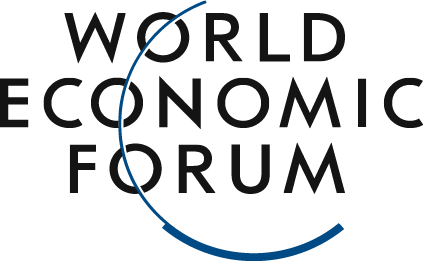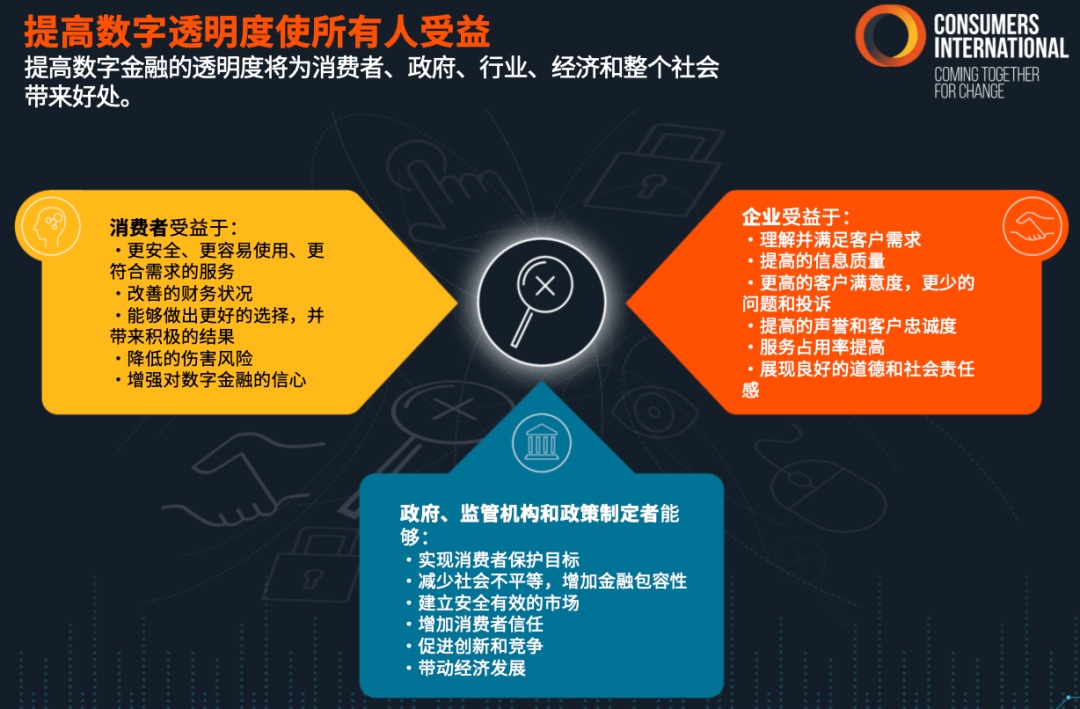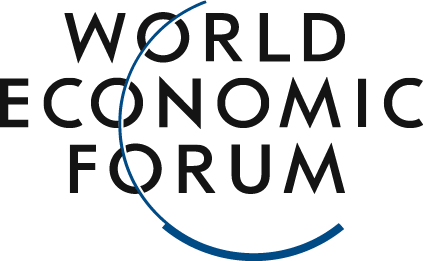Disabled individuals or vulnerable consumers facing challenges often have a different experience with digital finance.
Image source:Jonas Leupe/Unsplash
Helena Leurent
Executive Director of the International Consumer Association
The recent digital finance revolution promises to deliver access and inclusivity for everyone—but inequalities still persist, particularly for more vulnerable consumers.
Research shows that the more vulnerable consumers are, the more likely they are to fall victim to scams—and the harder it becomes for them to make informed financial decisions.
By strengthening collaboration among consumers, regulators, suppliers, and policymakers, we can enhance financial inclusion for everyone.
Over the past few decades, the way people spend, save, and manage their money has undergone a dramatic transformation. We’ve witnessed a digital financial revolution—one that seems poised to make financial services accessible to everyone.While evidence suggests that digital financial services can act as a catalyst for financial inclusion, the challenge remains: not everyone is able to participate. Vulnerable consumers—such as people with disabilities, low-income individuals, those with limited digital literacy, and/or individuals facing income shocks—experience digital finance in very different ways.Research from the International Consumer Association reveals that vulnerable consumers are more likely to fall victim to scams, struggle to make informed choices, and frequently find themselves needing to seek remedies. The survey shows that over half of them (52%) have experienced scams—compared to just 19% of non-vulnerable consumers—while 61% report difficulty understanding products or services, a rate that drops significantly to 32% among non-vulnerable consumers.This tells us that vulnerability must be understood as a fluid concept. Most of us will experience some form of vulnerability in our lives. Even if we don’t currently belong to vulnerable groups, a health crisis, a sudden drop in income, or an abrupt loss of capabilities (such as job loss or disability) could quickly push us into a state of vulnerability— and heightened vulnerability is directly linked to negative financial outcomes. In other words, the greater our vulnerability, the more likely we are to face unfavorable financial situations.How to Address Inequality in Digital FinanceThe lack of inclusivity and accessibility has exacerbated these inequalities. However, consumer groups, regulators, suppliers, and policymakers are working hard to change the status quo. Here are some specific approaches.1. Placing consumers at the heart of the conversationTalking more frequently with more consumers can bring two significant benefits for everyone.First, it ensures that more products are better suited to a wider range of people. Consumers aren’t a homogenous group—they have diverse needs. By encouraging more consumers to participate in the conversation and incorporating these varied needs into decision-making, we’ll achieve deeper understanding, create superior products, and ultimately deliver better outcomes—for both the industry and its customers.Second, talking to consumers helps determine the real-world impact—whether the service changes have genuinely improved people’s financial situations. To truly understand this, we need to hear consumers’ perspectives directly and look for measurable evidence that demonstrates improvements in their rights and well-being.The Nigerian Consumers Organisation’s Foundation for Consumer Rights Protection and Empowerment has been advocating tirelessly for the rights of people with disabilities. Earlier this year, Chiso Ndukwe-Okafor, Executive Director of the Foundation, spoke to consumers who are deaf or visually impaired, noting that these individuals "feel overwhelmed by digital financial technologies, are excluded due to accessibility challenges, and remain uncertain about their safety and ease of use."In response, the Consumer Rights Protection and Empowerment Foundation has launched a specialized awareness program tailored for people with disabilities, while also establishing direct communication channels with policymakers through workshops and roundtable discussions.Following the roundtable meeting, a committee was established to draft a Disability Rights Bill. Chiso Ndukwe-Okafor noted that people with disabilities expressed feeling "more empowered, more inclusive, better informed, and more digitally adept" after these measures—and that they now feel "better equipped to manage their finances in the digital age."2. Jointly build and innovateTime and again, we see how a collaborative mindset leads to better solutions.For instance, when it comes to accountability, consumers often face numerous obstacles when filing complaints. Even when complaint mechanisms exist, many consumer groups remain uncertain whether their grievances will actually be resolved.To address the issue of insufficient consumer complaint channels in Mexico, Tec-Check has established a collective complaint platform for consumers, enabling them to safeguard their rights by filing group complaints with the Federal Consumer Protection Agency—and ensuring that their concerns are effectively resolved.During this process, they collected valuable data, analyzed 95,000 complaints from social media using application programming interfaces, and shared consumers' pain points with consumer protection agencies, policymakers, and companies.Tec-Check's work demonstrates the necessity and value of consumer groups as a bridge between users and providers, helping to highlight user experience and ensure effective solutions.3. Global Call for Strengthening Consumer ProtectionVulnerable consumers are eager for change to happen—change that must occur without delay. We all know that when we unite and speak out together, progress comes faster. That’s precisely why rallying together to demand stronger consumer protections is absolutely essential.Wherever this has already occurred, change has already taken place. Take the issue of transparency as an example. In 2024, 43% of consumer groups identified it as a major concern in digital financial services.Terms and conditions may be buried behind multiple links, requiring several clicks to even glimpse them—or else they’re hidden in tiny, almost illegible font, or written in obscure, hard-to-understand jargon. Consumers unknowingly “agree” to these terms, only to later find themselves blindsided by unexpected charges, resulting in losses that amount to a staggering £187 billion annually.In 2024, more than 50 global financial industry leaders joined a movement calling for greater transparency across the entire digital finance ecosystem. They are demanding that consumers be provided with honest, accurate information—in formats and languages they can easily understand—whenever they need it.Enhancing digital transparency benefits everyone.
Image source:International Consumer Organization
The campaign has already achieved success. In June, the Barbados Consumer Empowerment Network celebrated the Central Bank of Barbados' enforcement of the "Code of Conduct for Commercial Banks in Market Practices." This code includes establishing a robust, widely recognized dispute-resolution system, clearly disclosing all fees and charges, and conducting investigations to ensure customer needs are met.Maureen Holder, Executive Director of the Barbados Consumer Empowerment Network, stated that these guidelines "build a sense of trust, ensuring customers know they have certain recourse and remedies when dealing with commercial banks—and can therefore confidently rely on the banking system, even in challenging situations." While the situation isn’t yet perfect, customers are now better equipped to "make informed financial decisions and enjoy improved services from these banks."The Future Path of Digital FinanceOver 5 billion people already use digital payments. By 2026, more than half of the global population is expected to adopt digital banking services. Yet, as these numbers grow, so does the potential number of vulnerable consumers.If we want to fulfill the original promise of the digital finance revolution—to ensure that "everyone can enjoy inclusive, seamless, and effortless access"—we must build *with* consumers, not just *for* them.We need to amplify consumers' voices, helping them shape the conversations we need—and working together to demand change and act swiftly. After all, genuine consumer care doesn’t just mean involving people; it ultimately empowers them to take the lead.
The above content solely represents the author's personal views.This article is translated from the World Economic Forum's Agenda blog; the Chinese version is for reference purposes only.Feel free to share this in your WeChat Moments; please leave a comment at the end of the post or on our official account if you’d like to republish.
Editor: Wang Can
The World Economic Forum is an independent and neutral platform dedicated to bringing together diverse perspectives to discuss critical global, regional, and industry-specific issues.
Follow us on Weibo, WeChat Video Channels, Douyin, and Xiaohongshu!
"World Economic Forum"






